An image says more than a thousand words. But what about when that picture is bad? What does it say then? More than just the subject of the photo, a poorly composed or taken photograph can communicate all sorts of negative things about the person behind the camera. It can say you’re lazy, unprofessional, or that you don’t care about your work. In short, it can make you look like an amateur.
This guide will teach you everything you need to know about how to determine whether a photo is good or bad, and how to start making your photos look better than ever.
Signs of a Good Photograph: Distinguishing Good and Bad Pictures
The ability to take a good photo is an art form. It takes practice, patience and skill to master photography knowledge and be able to distinguish between good and bad photos. Here are some indicators of what makes a great photograph:
- Focus – A clear focus on the subject of the photo can make or break it. Avoid using wide-angle lenses if you’re unsure as this could result in blurring away from your main focal point. When shooting landscapes for instance, use a narrow aperture (f22) to keep more of the image in focus, so that nothing distracts from the central subject matter.
- Lighting – Understanding light is essential when taking pictures; natural lighting will generally create better results than artificial lighting. Natural lighting can be manipulated to bring the subject of your photo into focus and to create a mood, while avoiding camera shake and blurriness caused by low-light environments.
- Composition – How you frame the image is also key, it should be balanced and follow some kind of rule such as the ‘Rule of Thirds’ where lines are drawn dividing an image into three equal parts horizontally and vertically, making sure that the focal point resides on one of these lines.
- Background – Clean backgrounds with no distractions produce better photographs than busy or cluttered backdrops; having a plain background will help the subject stand out..

At times good photos can come from the least expected places, so don’t be afraid to experiment and have some fun with your camera. Taking a few extra shots of the same subject can often prove useful as one may turn out better than the others; practice makes perfect!
Rule of Thirds
It states that an image should be divided into nine equal parts using two horizontal and two vertical lines, with the subject of the photograph being placed along these lines or their intersections. It provides a balanced and more interesting composition than having your subject right in the center, which can often look unnatural.
When looking through your viewfinder to compose an image, imagine that there are two vertical and two horizontal lines dividing the scene into thirds; try to place your main focal point along one of these imaginary lines or at their intersections. You can also use this technique when editing photos after taking them; cropping them so they’re divided into thirds or even cropping the image slightly along these lines can help create a more interesting composition.
Focus
The focus refers to the area in a photograph that is sharp, while the depth of field is how much of an image is in focus behind or in front of your main focal point.
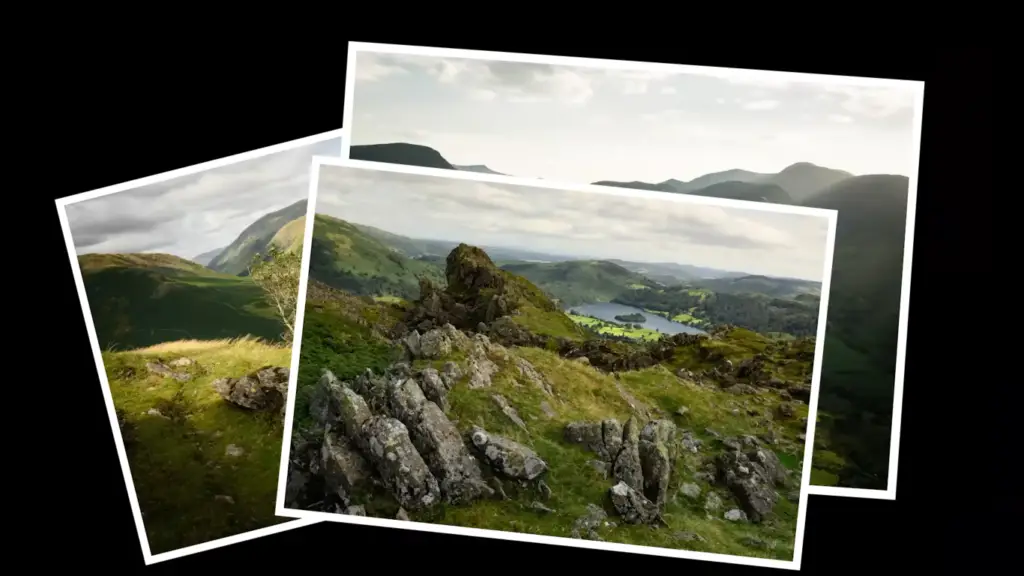
A shallow depth of field can be used to make backgrounds blur out which makes the subject stand out more clearly; this works well for close-up shots and portraits. A deep depth of field on the other hand will result in everything in the frame being in focus; this technique is useful when shooting landscapes as you’ll want all elements to be sharp.
When focusing manually with a DSLR camera, use the center autofocus point; this will help ensure that your focus is in the right spot. You can also adjust the aperture to increase or decrease the depth of field, with a large aperture (f2.8) creating a shallow depth of field and a small aperture (f22) resulting in a deep depth of field.
Lastly, always make sure that you’re focusing on your main subject and not something else in the background; this could be easily done without even noticing!
By understanding how light works, how to compose within the Rule of Thirds and mastering focus and depth of field techniques, you can start telling the difference between good photos and bad photos with much more ease. There are no hard-and-fast rules when it comes to photography; it’s all about experimenting and having fun!
Boundaries
Sometimes it can be hard to know when a photo works or not; sometimes it won’t be obvious whether an image is good or bad. That’s why it’s important to set boundaries when you’re taking photos, so that you can keep track of what looks good and what doesn’t.
You can start by setting yourself rules such as ‘no blurry shots” or “no overexposed areas in the background” and use these as your boundaries. This will help you stay on top of your photography and make sure that each image follows some basic guidelines. [1]
By setting boundaries, you are also able to take better control over how the final product looks; this way you can be sure that the end result is something you’re happy with.
How to Know if Your Photo is Good or Not
It can be tricky to know if your photo is good or not. But there are some basic tips that you should follow to help determine whether a photo is good or bad.
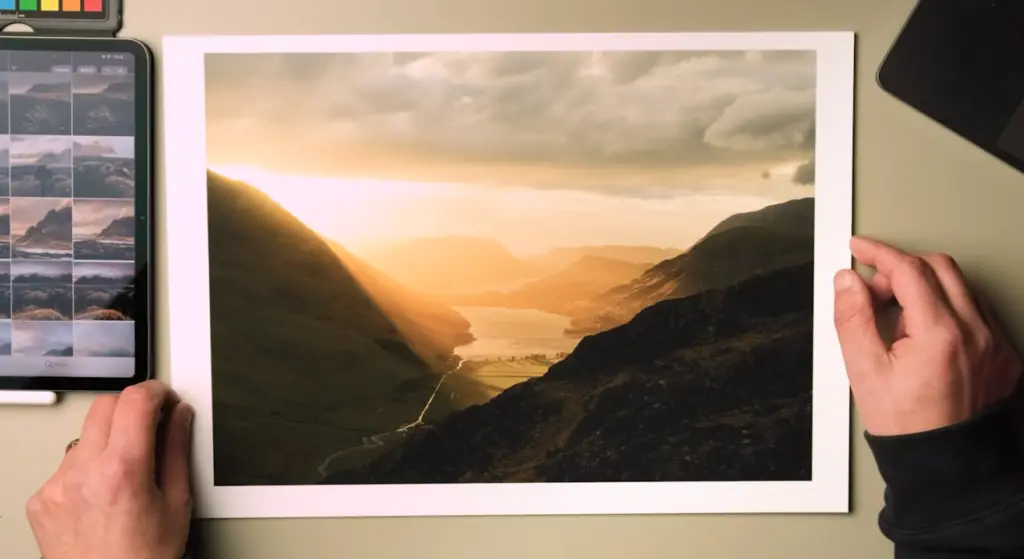
First off, look at the composition of your image. Is it well-balanced? Are the colors and tones working together in harmony? Does the lighting add to the overall atmosphere of the photo? Does the subject stand out against its background? If you can’t answer yes to most of these questions, then it’s likely that your photo isn’t as strong as it could be.
Next, consider what type of emotion you’re trying to evoke with your photo. Are you aiming for a moody atmosphere or a cheerful one? Look at the way you’re framing the shot, and how that affects the emotion of your photo. Are there any distractions or elements in the frame that take away from the overall effect?
Finally, think about what type of message you want to convey with your image. When people view your photo, what do you want them to take away from it? Is it a simple portrait or are there layers of meaning? Make sure that your photo is conveying something meaningful; if it’s just a pretty picture without any deeper significance, then it might not be good enough.
At the end of the day, only you can decide whether a photo is good or bad. Take these tips into consideration when evaluating your photos and keep experimenting until you get the results you want. With practice, you’ll soon be able to determine what makes a good photo and what doesn’t!
Is the Image in Focus?
The first thing to look at when determining a good versus bad photo is whether the image is in focus. If it’s not, then it probably won’t be considered a great photo, regardless of any other criteria. To determine if an image is in focus, examine the details in the picture and see if they’re visible and sharp. Look for any blurring or softness that could indicate that the subject wasn’t properly focused. Another way to check this is by viewing the photo on different size displays – if you can see detail on a larger display but it looks blurred or out of focus on a smaller one, then the image likely isn’t as sharp as it should be.

Another important factor to consider when assessing focus is camera shake – if the photographer was too shaky while taking the photo, then it’s unlikely to be considered a good picture. If you can see motion blur in the image, that could indicate a camera shake or an incorrect shutter speed setting. Camera shake is especially noticeable when shooting with longer focal lengths (such as telephoto lenses) or when using slower shutter speeds than is recommended for the lens or lighting conditions.
Is the Subject Properly Lit?
The subject should be lit well enough that it stands out and is clearly visible, but not so bright that everything else in the frame looks dull or washed out. It’s also important to make sure there aren’t any harsh shadows that take away from the overall image.
Study the lighting situation before shooting and look for areas of light and dark in the scene. If needed, you can use an external light source (such as a reflector) to bring more light into certain areas of the photo or even add some dramatic lighting effects.
Is it Missing Something?
When it comes to good photography, details matter. A bad photo may be missing something that would make the image stand out and create a more powerful impact.
Look for elements in the frame that could help bring your subject to life. This can include props, interesting textures or colors, or anything else that adds to the overall image. It’s also important to look for any distracting elements such as power lines or unwanted signs and remove them from the picture if possible.

In addition, consider how best to compose your photo with regard to balance and leading lines. Using compositional techniques like these will help draw attention to your subject and create an eye-catching photo.
The Stop Test
Once you’ve taken a photo and made sure the lighting and composition are on point, there’s one more test that can help determine if your shot is a good one. Think of it as the stop test: Does the photo make you want to stop and take a closer look?
A good photo should be able to grab viewers’ attention with its impactful subject matter and stunning visuals. When looking at your own photos, ask yourself whether or not they have this magical quality that makes them stand out from the rest. If not, it might be time to go back to the drawing board and try again.
Ultimately, determining whether or not a photo is “good” comes down to personal preference and aesthetic choices. However, these tips can help you create a better photograph that stands out and draws the eye. With practice, you’ll soon be able to quickly evaluate your photos and determine if they are good or bad.
Is the Photographer Using Good Composition?
Good composition is one of the most important elements of creating a great photograph. The way you arrange your subject and other visual elements within the frame can make all the difference in how successful an image is.
When it comes to composition, there are some basic rules that will help you create strong images. Think about the rule of thirds, leading lines, framing, and symmetry when setting up your shots. If your photo has good composition, it will be much more interesting and impactful than if it’s just a boring snapshot with no thought put into it.
Is the Photo Interesting or Boring?
Another way to determine if a photo is good or bad is by asking yourself whether it’s interesting or boring. If the image doesn’t have any wow factor, then chances are that it’s not going to be a great photograph.
Interesting photos often contain something unique and unexpected. Look for moments of surprise, humor, or even sadness that you can capture in your images. Unusual perspectives and close-ups can also add visual interest to photos and help them stand out from the crowd.

By taking these factors into account when shooting, you’ll be able to create more compelling photographs that will draw viewers in with their impactful visuals and emotion-evoking elements.
Is it Different Than What Already Exists?
In this age of digital photography, it’s easy to find hundreds or even thousands of photos that look almost identical. In order for your photo to stand out from the crowd, it needs to be something different than what already exists.
Take a look at other photos on the same topic and ask yourself how you can make yours unique. Is there anything you can add or change to make your shot one-of-a-kind? Think about experimenting with different angles, perspectives, or techniques such as long exposures or HDR images.
By creating something unique and unexpected in your photographs, you will have a much better chance of creating an interesting image that stands out from the rest.
Go With Your Gut
In the end, love your photos and trust your instincts. Everyone is entitled to their own opinion on what makes a good photo, so if you think that yours is great then there’s no reason not to proudly share it with the world. [2]
So take a deep breath, enjoy the creative process, and don’t forget to have fun! With practice and patience you’ll soon be able to determine whether or not one of your photographs is a “good” one.
Useful Tips
When trying to decide between good and bad photos, there are a few tips you can use as guides.
- Pay attention to the composition of the photo. Is it off balance or cluttered? Is your subject in focus and well lit? Do all elements of the photo contribute to the overall story? Taking a step back and looking at the whole picture can help determine if it is a good photo or not.
- Check out some professional photographers’ work for inspiration and comparison. Look through their portfolios and see how they have used light, color, composition, framing and more to create amazing shots. Try emulating some of these techniques when shooting your own photos.
- Practice makes perfect! The best way to know what makes a good photo is to try out different things and experiment. Take some time to practice different angles, lighting, framing and more until you get the photos that you love.
- Be critical of your own work and take in unbiased feedback from others. Whether it’s close friends or professional peers, don’t be afraid to ask for honest criticism of your photos and use it as an opportunity to grow as a photographer.
FAQ
How do you know if a picture is good or bad?
Figuring out if a photo is good or bad depends on the purpose of the picture. If it’s meant to capture a moment, then its quality may be subjective and depend on personal taste. However, if the picture is intended for professional use (such as an advertisement or print media) then there are certain technical criteria that can be used to judge a photograph. Things like sharpness, exposure, contrast, color accuracy, and composition all play into whether the image will succeed in accomplishing its goal. A photo needs to evoke emotion in viewers in order to be effective – even if it’s just curiosity! [3]
What determines a good picture?
A good picture is one that conveys the emotion, feeling or story of the moment in a way that’s visually pleasing. This includes composition, lighting, and subject matter. Capturing something unique in your photo can make it stand out from others. When taking photos, consider all elements of the shot and how they interact with each other to create an overall effect – this could be depth, framing, focus and more. Most importantly, when taking pictures of people or animals remember to capture their best side!
A bad photo typically means it doesn’t convey anything special or memorable about its subject. It may have poor lighting or composition. The photo might not be sharp enough to show details or lack any sense of creativity. [4]
How do you judge the quality of a photo?
When it comes to judging the quality of a photo, there are a few key elements to consider. First, take note of how well-lit the photo is. Is the subject and background evenly lit? Are any colors too dark or washed out? Does the composition make sense and draw the viewer in? Next, look at sharpness and detail. If you zoom in on any part of the image, does it still look crisp and clear? Or is everything blurred or pixelated? Finally, evaluate framing. Taking into account all the shapes, lines, colors and textures that make up your scene, have you composed them together in an aesthetically pleasing way?
You can also use other people’s opinions as a reference when trying to determine whether a photo is good or bad. If you’re not sure if your photo meets the criteria of a great shot, take a look at what other photographers are posting and compare it with yours. Ask experienced photographers for their opinion as well; their advice can be invaluable in helping you refine your technique and create high-quality images.
Keep in mind that there is no “right” answer when it comes to judging the quality of a photo. Ultimately, it comes down to personal preference and finding the balance between creativity and technical proficiency. That said, having an understanding of what makes up a good photograph will help you become more confident in assessing the work of others (and your own!). With practice and dedication, you’ll soon be able to recognize good photos from bad in no time.
What is considered a bad photo?
A bad photo is one that does not capture the intended subject in a meaningful, interesting way. This might mean having poor composition, boring colors, or too much noise and distraction. The quality of light can also impact the overall look and feel of an image — harsh lighting or overly bright/dark areas can be a major problem. Additionally, if you’re taking photos of people, it’s important to make sure everyone looks their best. That may mean avoiding unflattering angles or poses. [5]
When looking at your images, consider whether they are telling a story — do they portray the right emotion? Is the main subject easily identifiable? Are there any distractions that could be removed? If these questions all have negative answers, it’s likely that your photo isn’t of the best quality.
Useful Video: Improve your photography by UNDERSTANDING why a PHOTO is BAD (and GOOD)
Conclusion
Now that you know the key criteria to determine a good or bad photo, you can start practicing your photography skills. Take lots of practice shots and evaluate them based on the guidelines above. With some experience and practice, you will be able to recognize a good photo from a bad one quickly. With better photos, comes more confidence in your creativity and skill as a photographer! Happy snapping!
Good luck!
References
- https://www.2bridges.nyc/photography-guide/signs-of-good-photo/
- https://digital-photography-school.com/know-your-photo-good-art-self-image-critique/
- https://www.anthonyjohnsonphotography.com/blog/how-to-determine-if-a-photo-is-good-or-bad
- https://www.tumblestonphotography.com/2018/12/11/what-makes-a-photograph-good/
- https://adigital.agency/blog/casting-a-critical-eye-what-makes-a-bad-photo





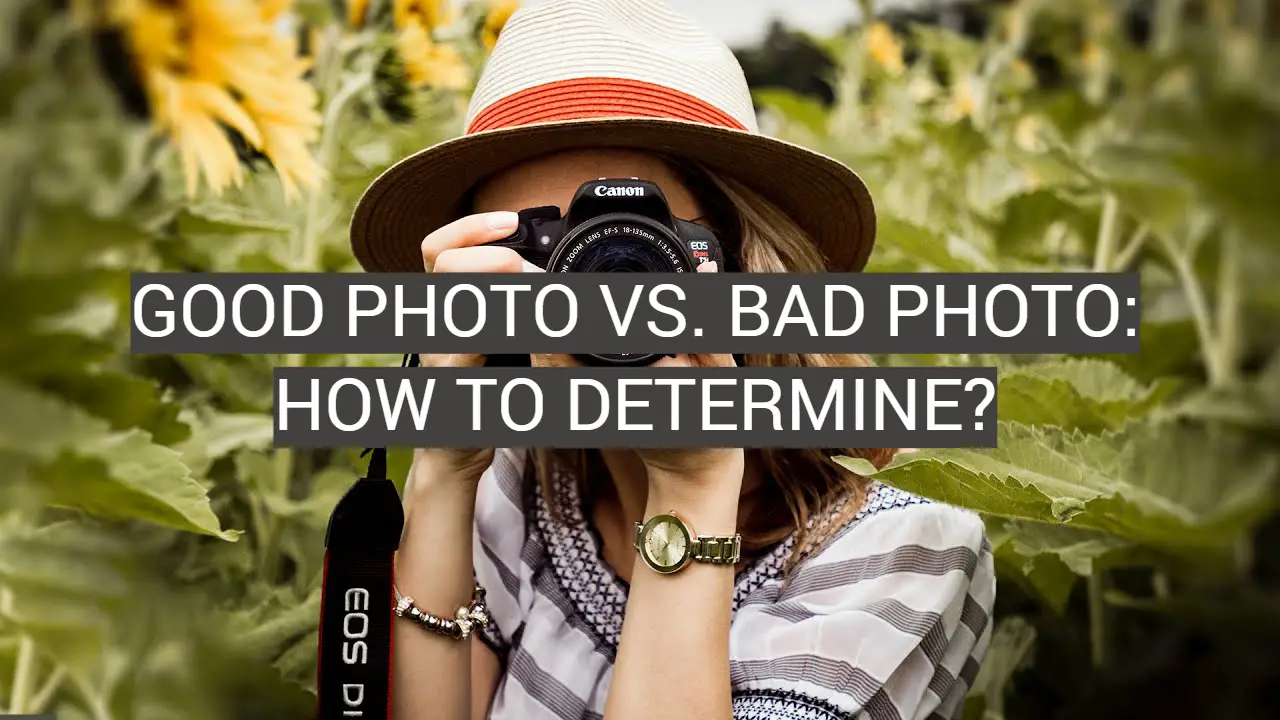
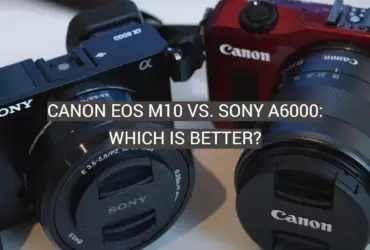

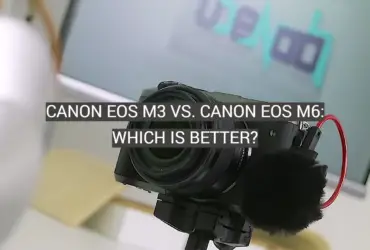
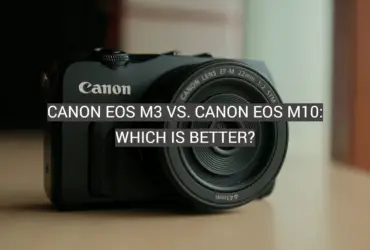

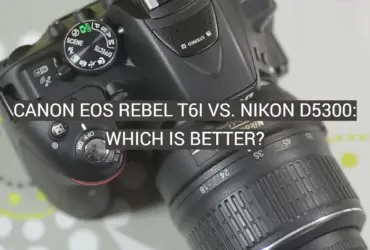
Leave a Reply